(Editor's note: a message with a ten year old editorial column came in with an attachment. I asked the sender to write a new introduction, which is the first paragraph below. The rest is a decade old, but could have been written yesterday! Let's not let another 10 years go by and say, “what if?”)
It is not news to any of us in the Manufactured Housing arena that there are serious challenges facing our business from all sides. In survival mode during hard times, it’s easy to forget some of the important image issues that have constantly plagued us. How we present ourselves personally; neat and tidy, with a smile on our face, ought to be applied to the way our industry presents itself to the public. Consider the following:
There has always been a lot of talk within the manufactured housing industry about our image. As a Landscape Architect and planner of manufactured housing communities for more than thirty-five years, image has been an important consideration in the design of communities and the focus of my activities in the industry. It is the source of great frustration to me, that both new and older communities are being designed or presented to the public like the trailer parks of the past.
Row on row of new homes spread out like dominoes on the land, with little apparent thought given to the final appearance of the community and the image it will portray for generations to come. Why is it so? Do developers, engineers, designers and planners feel that our customers don’t deserve better? Is there an assumption that creative planning is too costly? Is enough energy being expended by the national and state industry organizations to promote good design as an important part of our image building strategy? Are we doing enough to educate the planners who review our projects to recognize, encourage and approve projects that are attractive and desirable living environments? I fear that all of the above are true.
Our counterparts in the site built housing business are keenly aware of the benefits of creative planning. The traditional neighborhood development movement, open space conservation planning, planned unit developments, cluster designs, and curvilinear concepts are stock in trade for the better developers. The appearance of their developments from the street, curb appeal and sizzle of their homes is as important a part of their merchandising effort as their floor plans, interior decorating and furnishings. Models are creatively furnished inside and attractively landscaped outside to excite and stimulate the customer. Builder’s displays at development model centers are creatively done with renderings illustrating the final and complete appearance of the home package.
Contrast this to the way the majority of manufactured homes and developments are merchandised. For the most part our homes are pictured by the manufacturers as “plain Jane” boxes devoid of the elements that if added would ultimately make the house an attractive home. These same units are shown to the public at sales centers without any of these important added elements. Is it any wonder our customers feel that their home is complete once it is blocked up on their lot? Community and subdivision developers also miss an opportunity when houses are permitted in developments without the simplest of requirements that would assure curb appeal for the home and the development. Even simple appearance requirements would help to assure growth in the value of the home and the development.
The majority of manufactured homes are designed and built with image emphasis on the long side of the home, this is all well and good when the home is placed long side to the street on wide subdivision and land lease lots. Unfortunately these wide lots result in a significant increase in development cost and a reduction in density. So much for affordability! A few manufacturers are placing emphasis on “developer Series” homes, homes that look good on larger lots and in scattered site settings. A “community series” of homes with emphasis on the appearance of the narrow end of the home would be a great improvement. After all, aren’t most of the homes in communities and subdivisions placed on affordably planned narrow lots resulting in end rather than side views of the home from the street?
Perhaps if our industry were to place more emphasis on the final product, the completed home, we could more rapidly move toward public acceptance of manufactured homes. Many years ago, the Urban Demonstration Project sponsored by MHI proved that with sensitivity to detail and proper presentation, our homes could be a welcomed addition to most neighborhoods. Will we ever profit and learn from these experiences, or continue to “succeed in spite of ourselves” because we provide the least costly available housing. I am certain that the continued growth in of our share of housing in America is dependent on whether we view each new home sold and each new development as an opportunity to improve the image of manufactured housing. I am also certain that continuing to design and develop new “trailer Parks” and sell incomplete homes will perpetuate the industry stereotypes that have helped to keep us from reaching our full potential….What do you think? ##
Don Westphal
Donald C. Westphal, Associates
71 North Livernois Ave.
Rochester Hills, MI 48307
PH: 248-651-5518
Fax: 248-651-0450



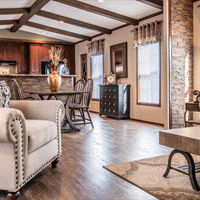
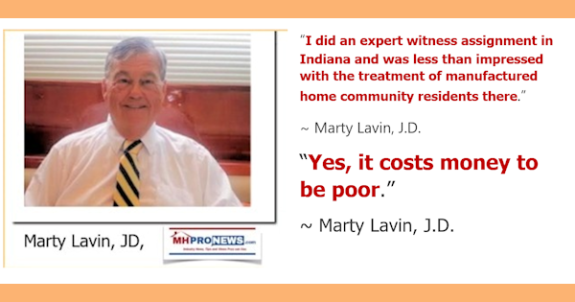
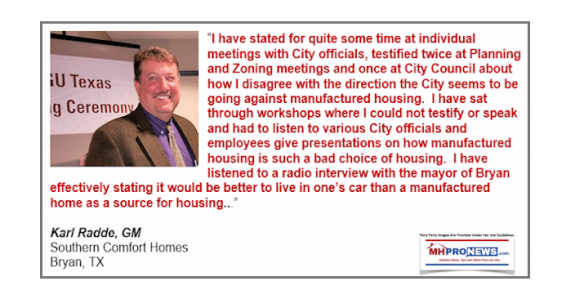
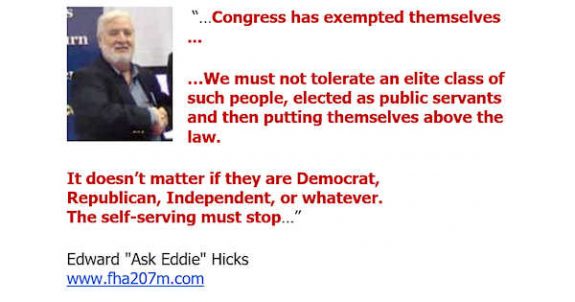
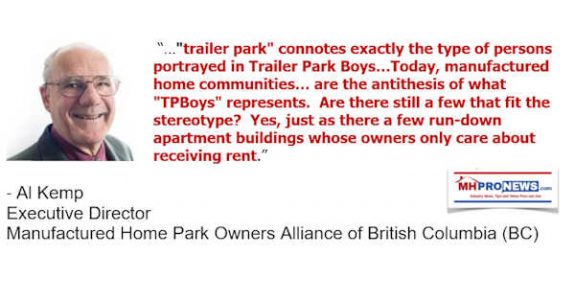
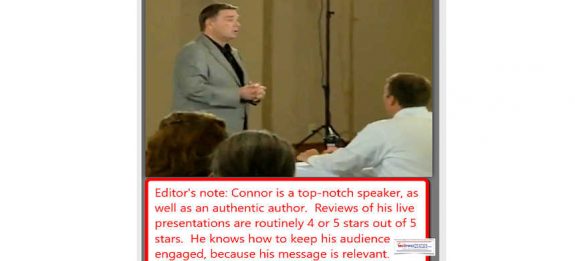
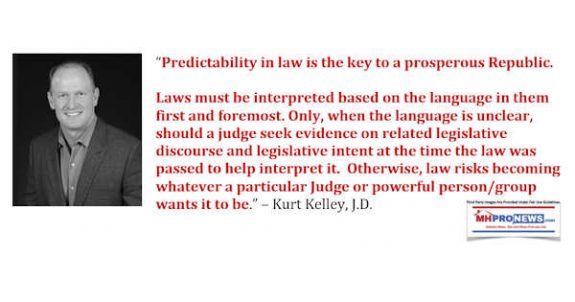
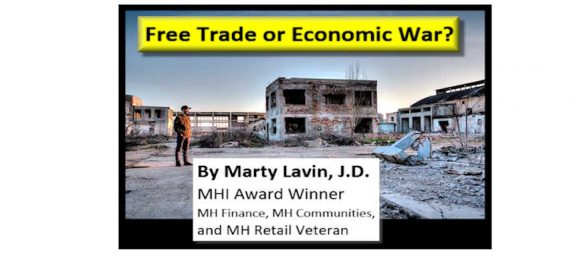
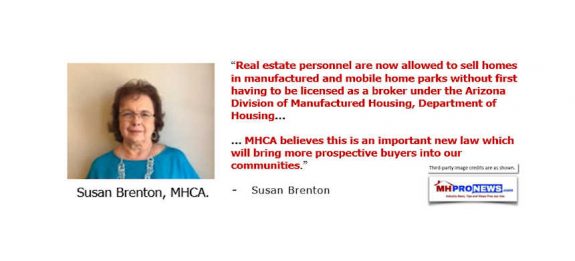
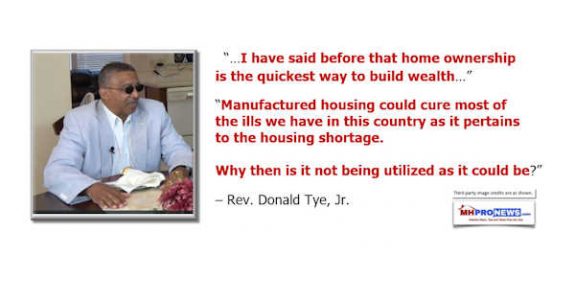
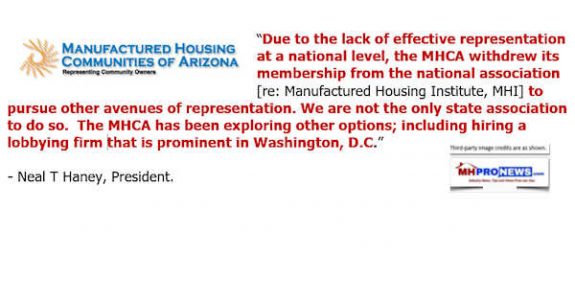

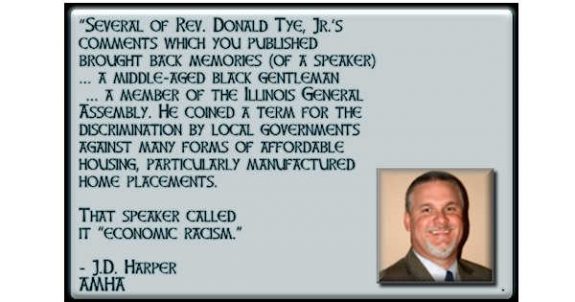
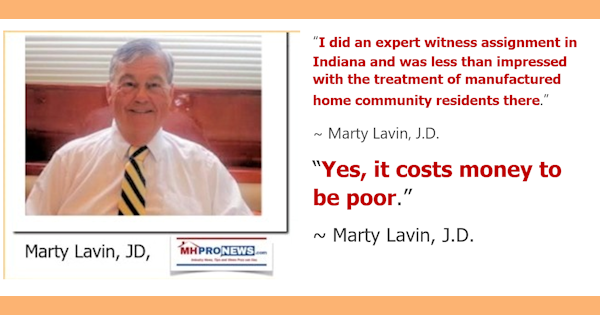
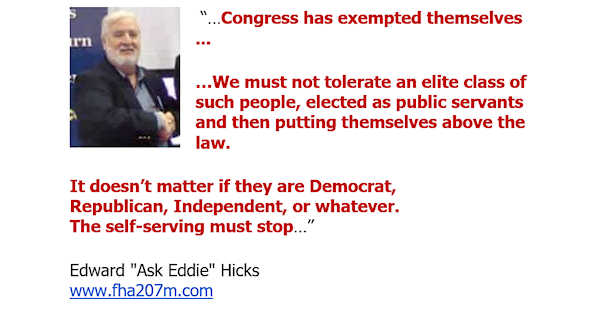
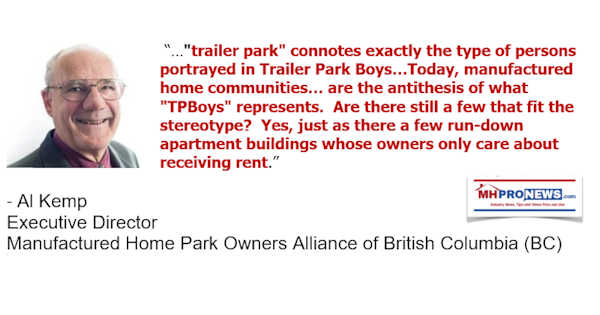
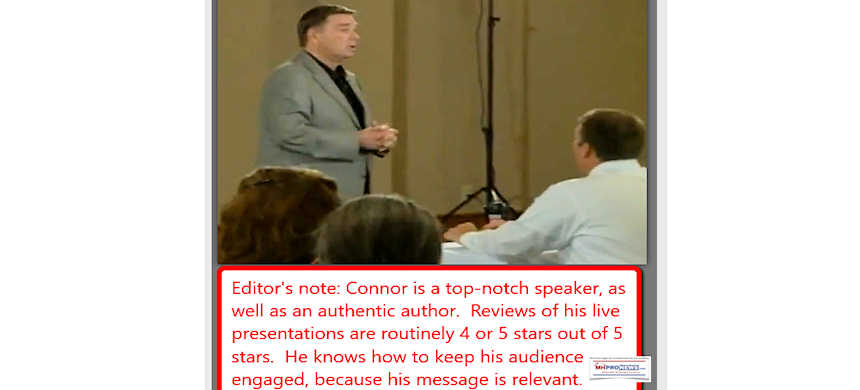
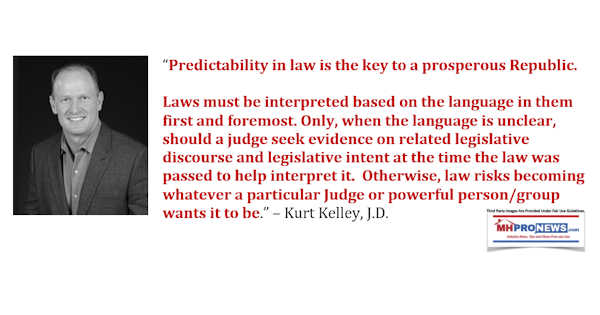
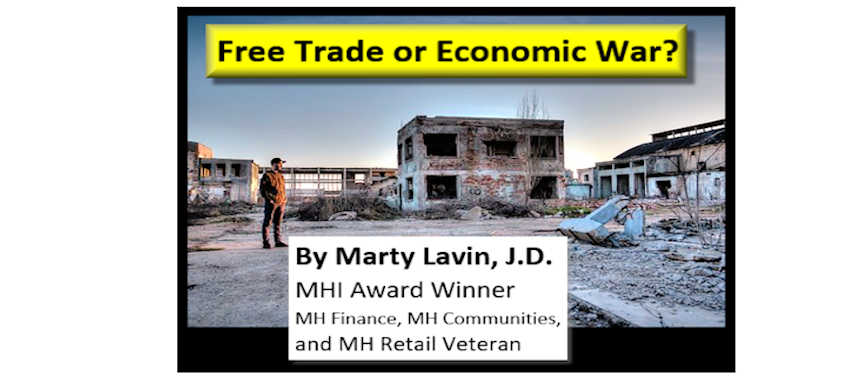
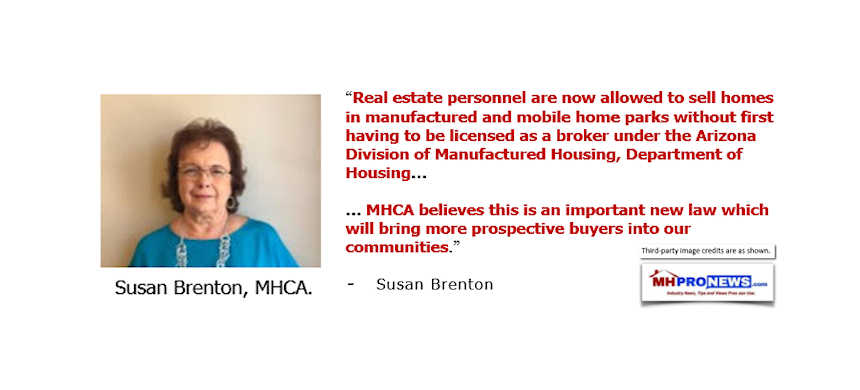
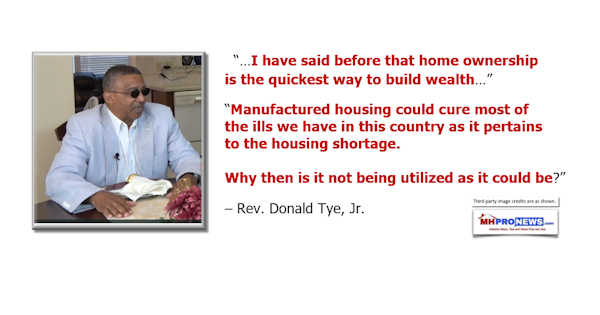
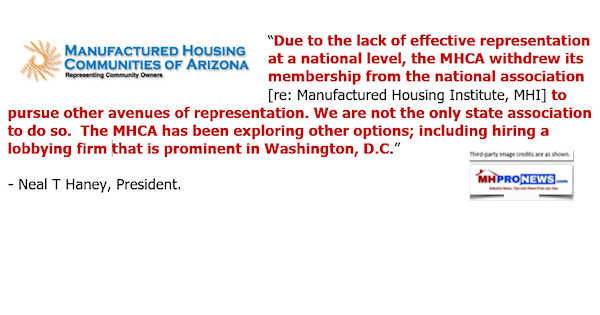

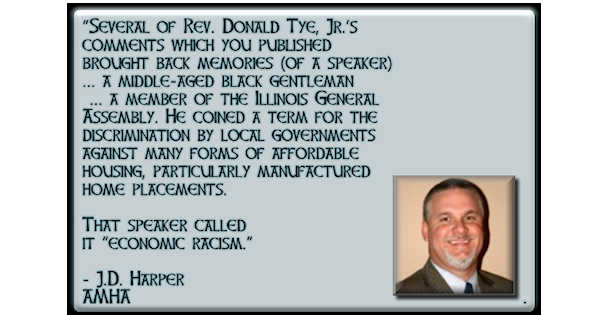
Karl Radde – TMHA, MHI, Southern Comfort Homes – Addressing Bryan City Leaders, Letter on Proposed Manufactured Home Ban
To All Concerned [Bryan City Officials, Others]: As the retail location referenced by Mr. Inderman, I would like to take a moment to address the …